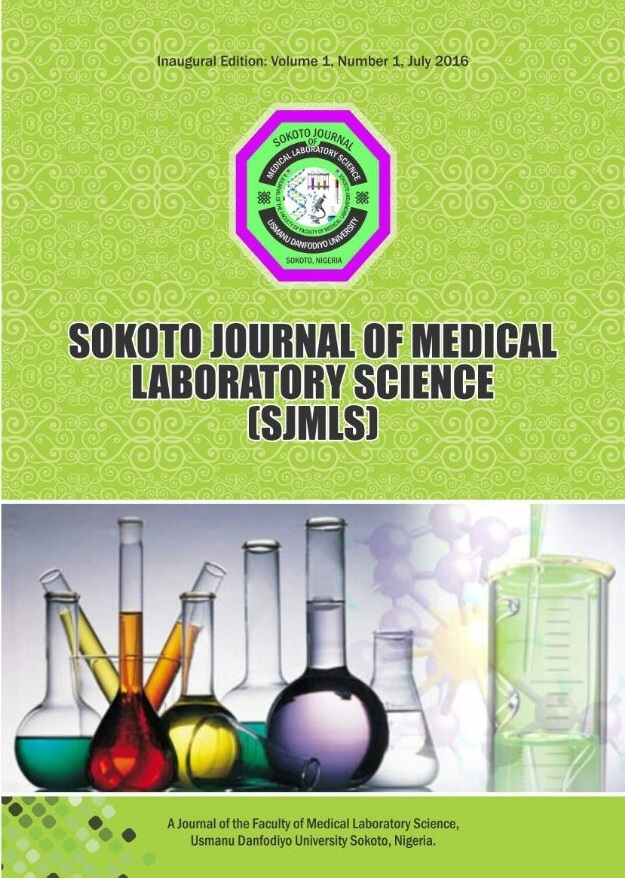Phytochemical Constituents and Antimicrobial Activity of Carica papaya Leaf Extract on Some Clinical Isolates
Keywords:
Carica papaya; Antimicrobial; Clinical isolate; Phytochemical; MIC; MMCAbstract
Herbal medicine has gained increasing usage globally quite recently, as a result of increasing drug resistance to conventional drugs. This has led to an increase in the search for new and effective sources of antimicrobials. This study assessed the antimicrobial efficacy of Carica papaya extract on some clinical bacteria and fungi isolates and the phytochemical composition of the leaves. The clinical isolates used for this study were 5 bacterial isolates (Klebsiella pneumonia, Escherichia coli. Staphylococcus aureus, Streptococcus pyogenes and Pseudomonas aeruginosa) and 3 fungal isolates (Aspergillus niger, Candida albicans, and Aspergillus flavus) The leaf of Carica papaya was extracted using ethanol, and water. The antimicrobial activity was determined using the agar well diffusion technique. The extracts were prepared at a concentration of 200mg/ml and were used on both the bacteria and fungi isolates. The MIC was assessed using broth serial doubling dilution at different concentrations. Both extracts are active to the isolates at varying degrees. The MIC and MMC range between 50 -200mg/ml. The phytochemical screening showed that Carica papaya leaves contain essential secondary metabolites that aid in the antimicrobial activity. This study reasonably supports the use of Carica papaya leaves in the treatment of infections as used by traditional herbal practitioners.




